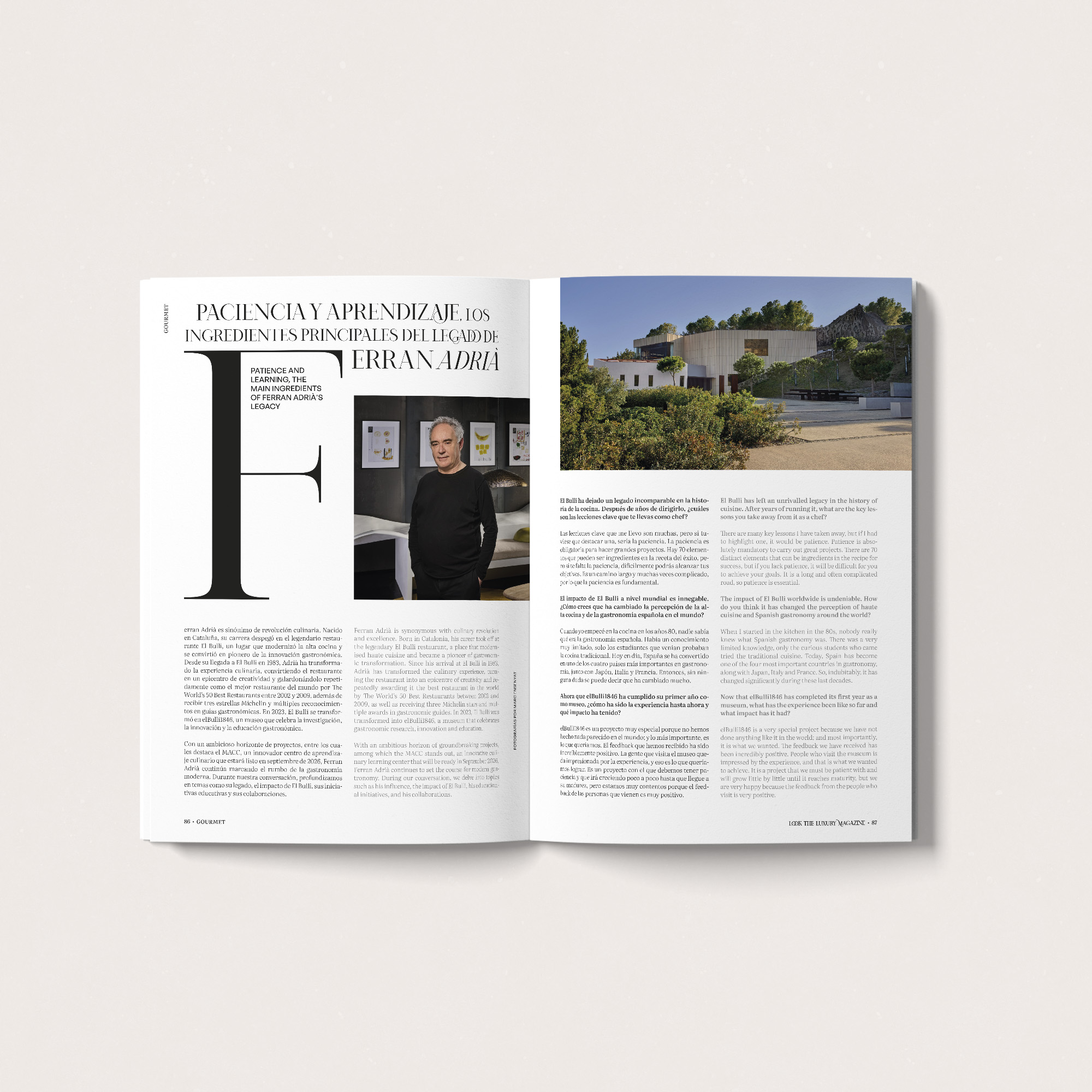Lilipa was created to make handmade garments from original patterns. Each garment are small unique collections, created to promote a more ethical, sustainable fashion and where to give value and care to the handmade.
We interviewed Amaia the founder of Lilipa, the sustainable project that has started in San Sebastian, Basque Country.
QUESTION: Why did you enter the world of sustainable fashion?
ANSWER: For a long time I have had the opportunity to work in the textile industry. In the retail area, to be more specific. The stores are the last phase of the creative process of the brands and this is where you see the massive drop of garments that are manufactured weekly so that the customer has the latest novelty or the latest trend. For this reason and because I believe that as a consumption habit it is not favorable, I decided that Lilipa was not going to be like that. I wanted it to preserve minimums in terms of volume of garments, qualities and so on.
Q: Do you think sustainability helps garments become a luxury because of the way they are manufactured?
A: Yes and no. I believe that craftsmanship is very relevant to sustainable fashion, taking into account that its keys are to buy less but with better quality. In the end, if you buy less, it means that you invest more in looking at more durable garments and perhaps pay less attention to the price. You already know that you are investing in quality and above all made to last. All this means that if we invest in higher quality parts in their manufacture, they will take longer to wear out and you will contribute to a reduction in consumption.



Q: What difficulties did you encounter at the beginning of founding Lilipa?
A: Beginnings are never easy, because you always doubt yourself when you expose yourself to the world. At the beginning nobody knows you and it is complicated to find the formula of how to do it. Obviously, the economic issue is one of the factors when it comes to starting a brand. But I believe that it is not necessary to have great resources, but to know how to take the small details that you have around you and take advantage of them.
Q: Do you think a real transformation is taking place in the fashion industry?
A: I believe that transformation does not end with the adaptation and redesign of products to make them more sustainable, and that is something that many brands do. It is necessary to commit to sustainability by staying ahead of trends and setting a precise strategy, guaranteeing resources to follow it successfully. The problem in fashion is that the markets are marked by the constant need to reinvent themselves to improve and give you the latest trend and that in the end does not bet on a service of sustainability and circularity.
Q: What do you think is necessary for a brand to be considered luxury?
A: For a brand to be considered luxury, you have to offer a product and service of the highest quality. Within that essence you have to create a unique experience, something that you can’t find anywhere else and in this way make your product more attractive to the person who buys it.

Q: How is Lilipa different from other sustainable brands?
A: A point that differentiates Lilipa is to be able to offer a purchase on demand service but always adapting to the customer and their measurements. Obviously, like all brands we offer a measurement chart but I believe that if the customer specifies her measurements, the garment can be adjusted to her contour and comfort. In this way, the use of fabric is much tighter.
We always make use of leftover scraps for all the garments that are made. Knowing how to make the most of every last scrap is important so that as little as possible is discarded.
Q: In addition to clothing made with sustainable fabrics, do you have any other initiatives in the works?
A: I would like to be able to make my own natural dyes (with non-toxic water-based dyes) so that I can then dye fabrics naturally and add value to the garments.
I am always on the lookout for manufacturers that use fabrics made from recycled fibers, so that in this way they can take advantage of more of those leftover fabrics that are so often discarded in many garment factories.

Q: Who is behind Lilipa?
A: Behind Lilipa is Amaia, creator and only member of Lilipa.
And since I am the only member of the brand, I am the person who manages the designs, patterns and the making of each garment.
But above all, I am a hard-working woman who has started a small fashion business and who fights every day to move forward and to make this small but exciting project known.
Q: What is Lilipa’s goal for the next 5 years?
A: Lilipa’s goal for the next 5 years is to be able to continue reaching our public in the same way we were born, in a conscious and ethical way. Without losing our values, betting on new challenges and above all not losing the passion for which Lilipa was born.













